8 Red Flags That Ozempic Is Slowing Your Metabolism, According to an Expert
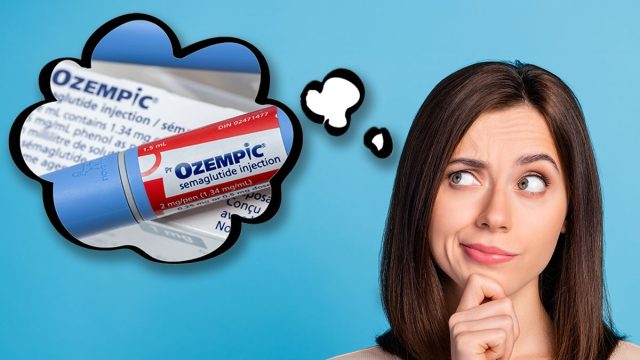
Are you not losing the kind of weight you thought you would on Ozempic or another weight loss drug? According to one expert, your GLP-1 could be backfiring. Aliza Olive, MD, co-founded Med Free Maintenance and is a GLP1 weight loss and taper-off nutrition expert. In a new social media post she reveals a few signs your weight loss drug is preventing you from losing weight. "As a physician and pro GLP-1 nutrition expert, there are the 8 red flags that your GLP-1 is slowing down your metabolism," she writes.
Are You Hitting Plateaus?
"You thought Ozempic, Wegovy, or Mounjaro would make fat loss effortless… But now you're hitting stubborn plateaus, feeling weak, or even losing hair. Sounds familiar?" she writes.
RELATED: 15 Things to Know Before Requesting Ozempic for Weight Loss
Your Metabolism Could Be "Stalling Out"

"It's like driving a fancy sports car but forgetting to fuel it properly—you look like you're going fast, but under the hood, your metabolism is stalling out. If your metabolism slows down while on meds like Ozempic, Wegovy, Mounjaro, or Zepbound, losing fat gets harder, muscle loss creeps in, and plateaus become your new normal. But don't panic—I've got you covered!" she says.
Hair Loss
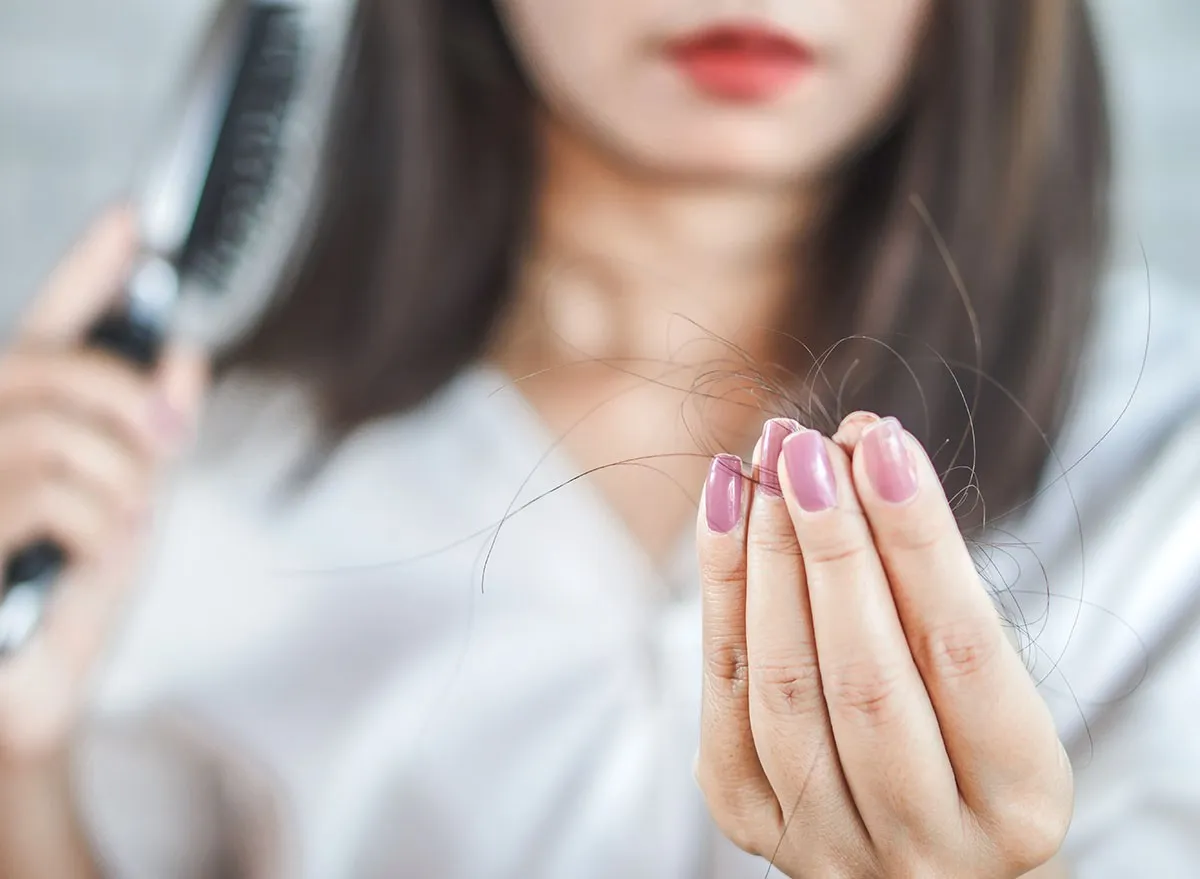
If you have been finding hair strands all over the place, it could be a sign that your metabolism is slowing down. "You're losing hair," is her first red flag.
RELATED: 20 Possible Ozempic Side Effects
Energy Loss
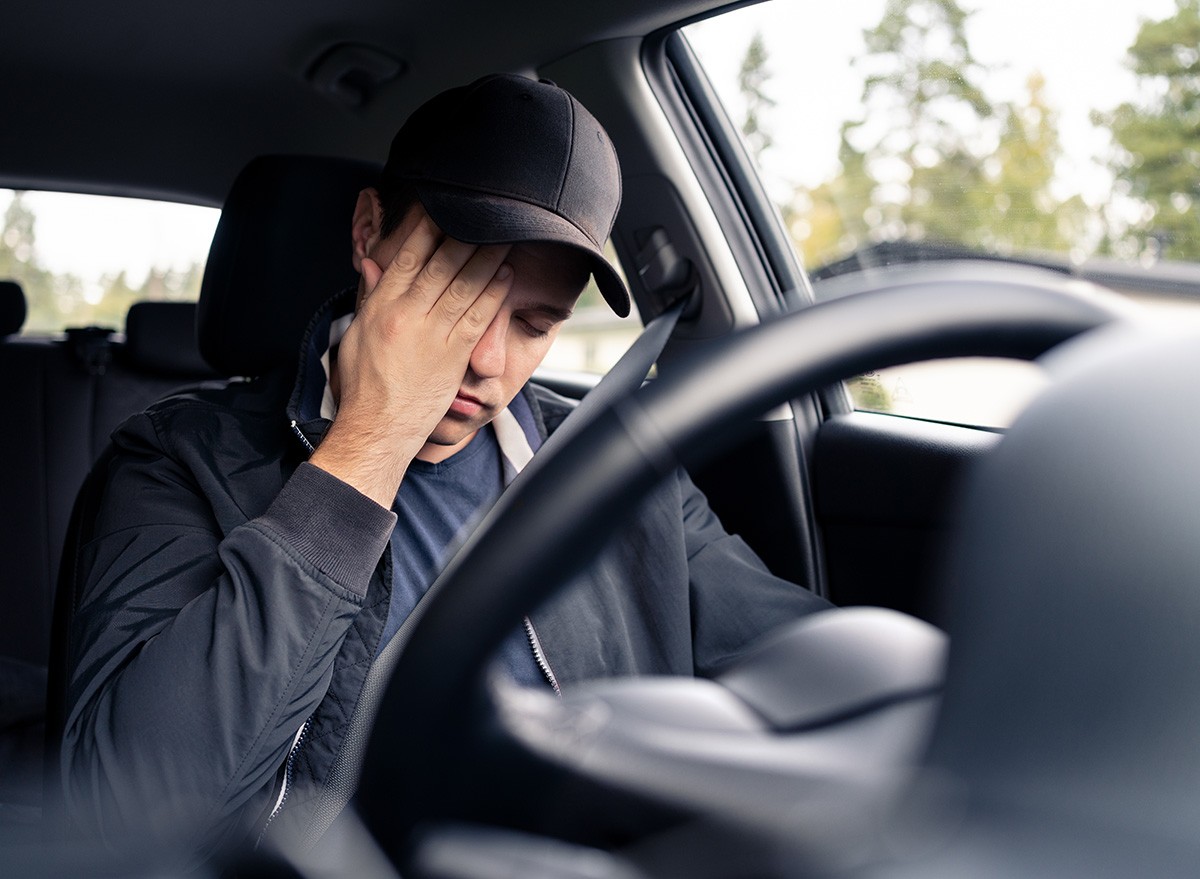
Red sign number two? Are your feeling more sluggish than usual? "Your energy is constantly low," is another sign.
Brain Fog
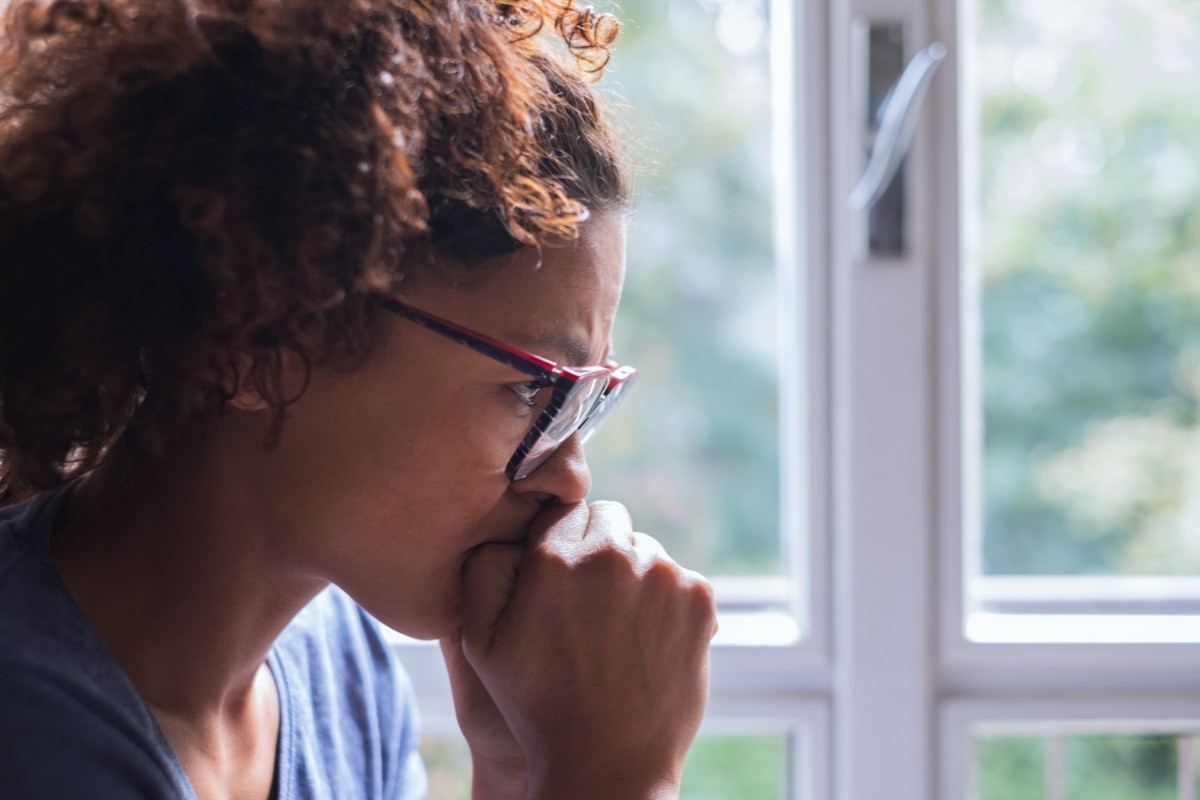
Is your head feeling cloudy more often than not? Another sign your GLP-1 is slowing down your metabolism is "brain fog is worse than usual," she says.
RELATED: What Happens to Your Body When You Stop Taking Ozempic
No Hunger in the Morning

Have you been waking up and not feeling like eating? "You're not hungry at all in the mornings" is a red flag of your metabolism slowing down
Moody Behavior

Are you experiencing unusual mood swings? "You're moodier than normal," is another red flag, per Dr. Olive.
RELATED: What Happens to Your Body When You Stop Taking Ozempic
Decreased Sex Drive

Another unlikely red flag your GLP-1 is not working the way it should> "Your sex drive is MIA," she says.
Sleep Disruptions

Are you experiencing sleep issues and disturbances? It could be a sign, says Dr. Olive. "Your sleep is off," is another red flag.
Weakness or Loss of Strength

Her last red flag is if you are experiencing weakness. "You feel weak and like you're losing strength," she writes.
RELATED: 20 Things to Avoid While on Ozempic
You Need to Course-Correct

"These are signs your body isn't thriving—and it's time to course-correct," she continues. "When your metabolism slows, your body naturally decreases movement (less fidgeting, less talking with your hands, etc.) to save energy. This makes fat loss harder and plateaus inevitable."
Here's How to Fix It
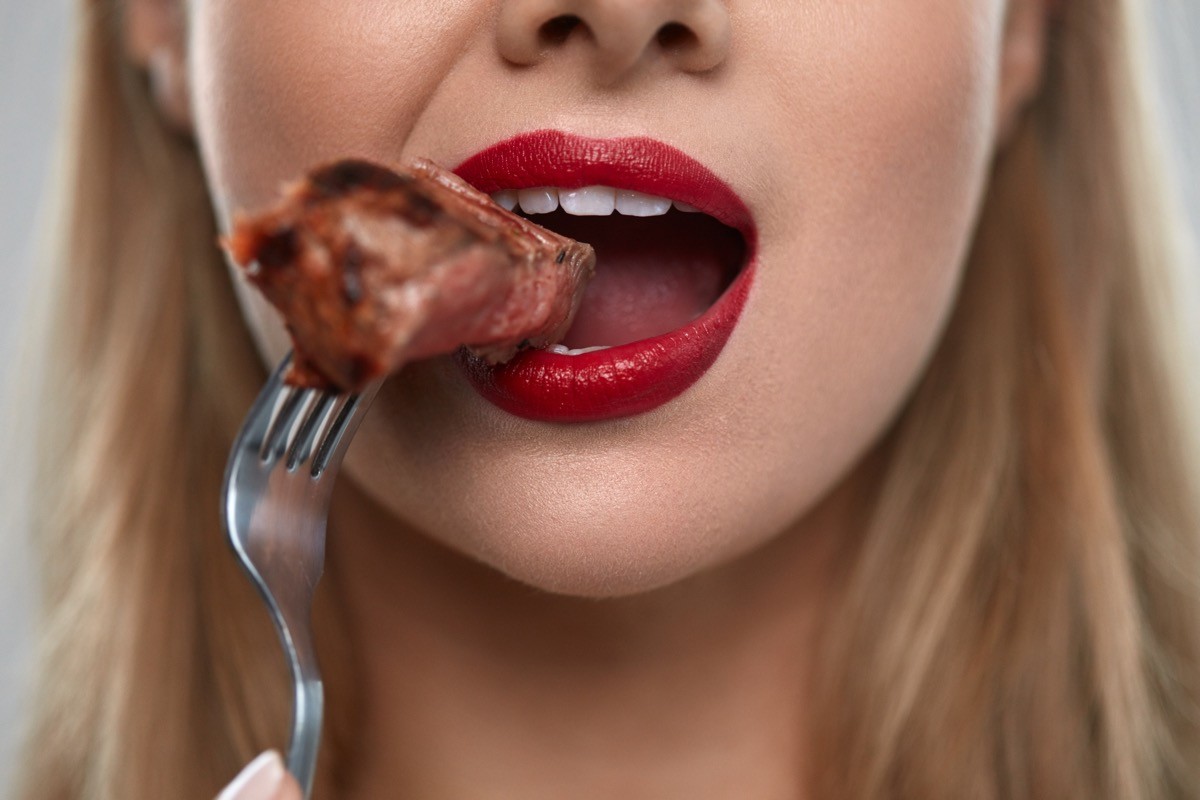
"Eat enough! Skipping meals or eating too little can lead to muscle loss and a slower metabolism," she says. "Get your protein in! Protein is the most filling macronutrient and helps preserve muscle. Strength train to build muscle and burn more calories at rest. Keep moving! Walking boosts calorie burn without making you hungrier."
RELATED: 5 Foods That Maximize Weight Loss on GLP-1 Medicines, According to Coach
Listen to Your Body

Bottom line? Listen to your body. "Feeling zero hunger, cravings, or food noise is NOT the goal. Dull them, don't erase them. This helps you build sustainable habits for long-term success," she writes. And if you enjoyed this article, don't miss 20 Incredible Ozempic Success Stories of All Time.




